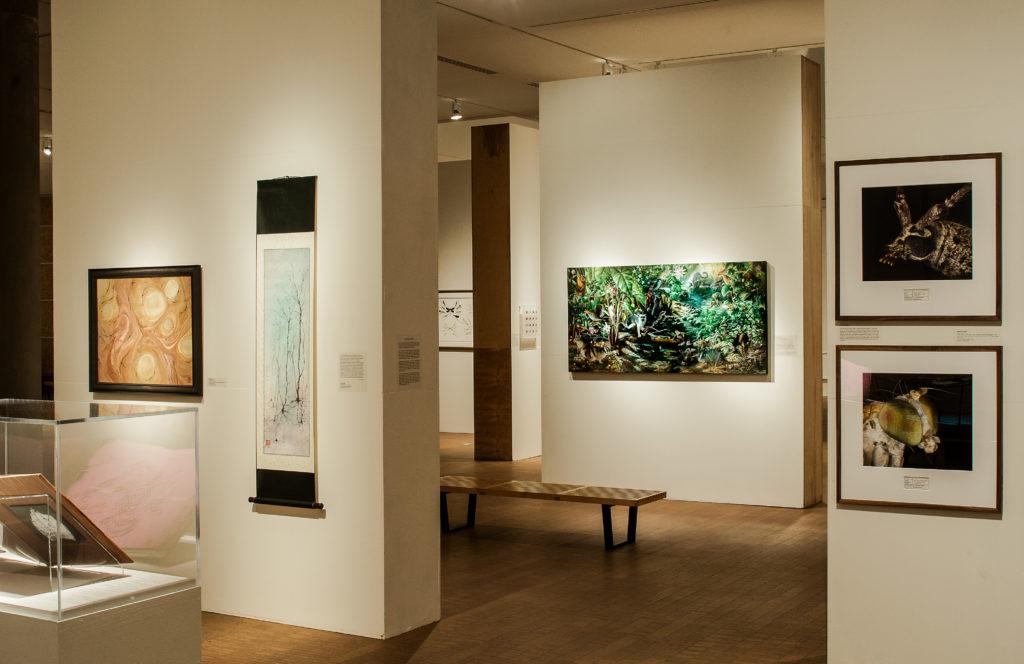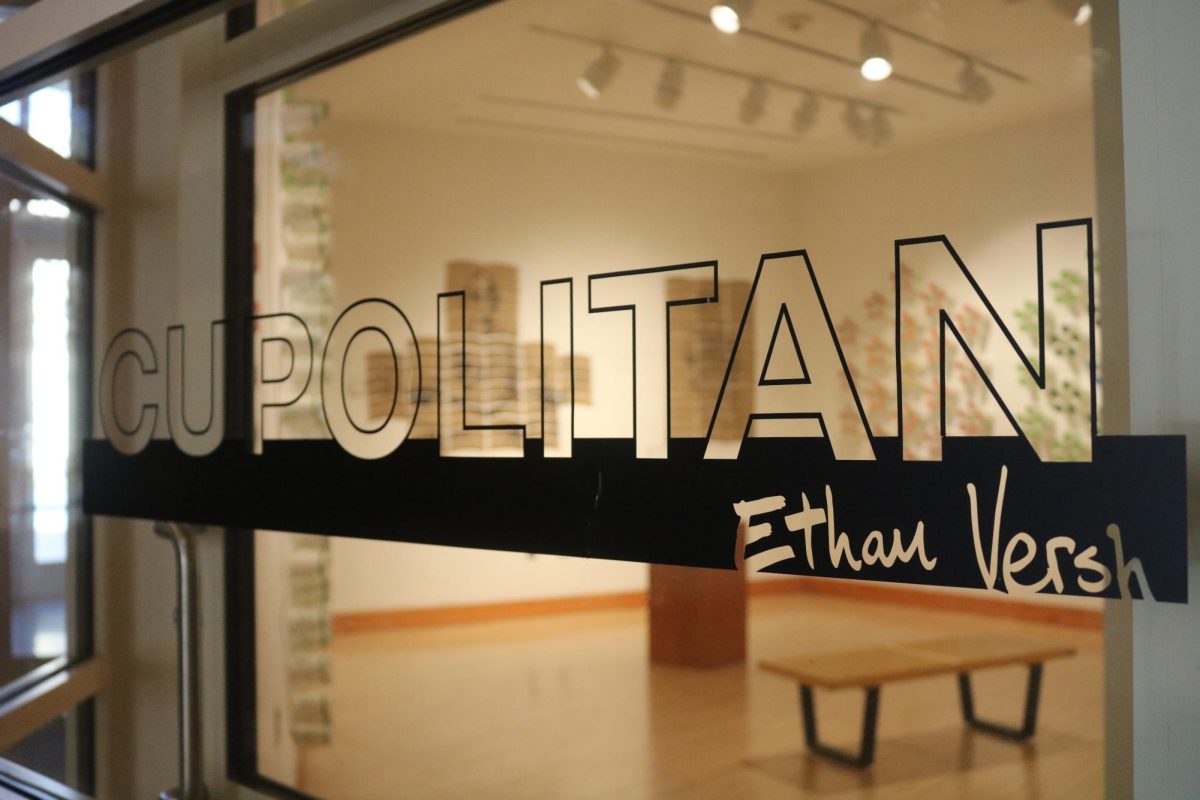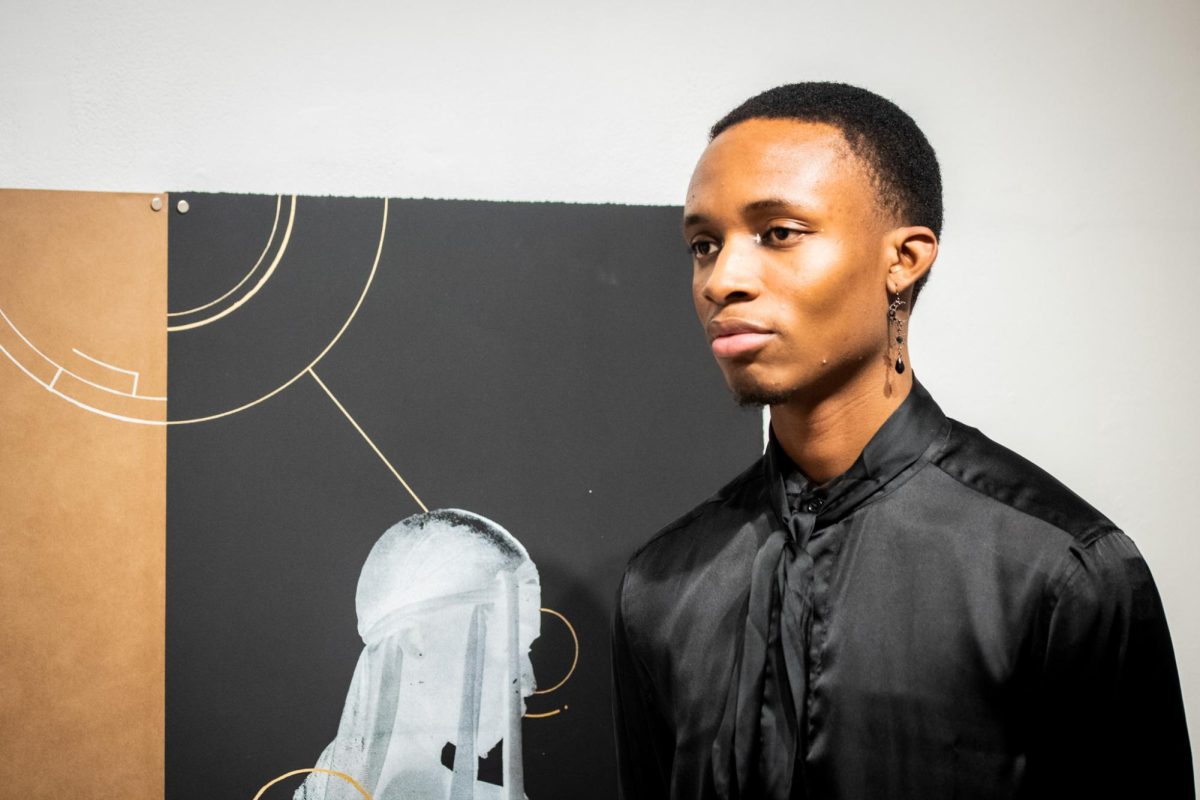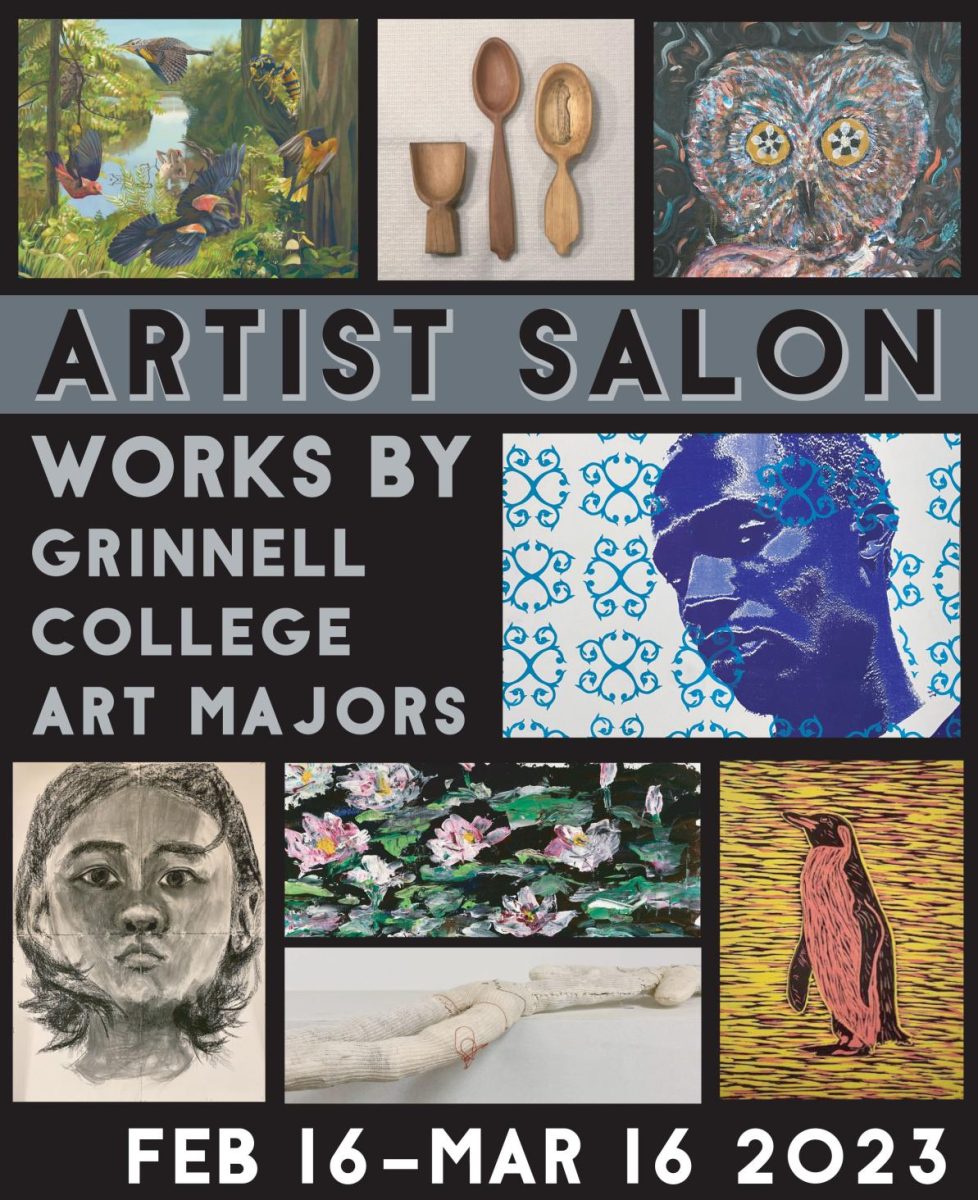By Clara Larson
larsoncl@grinnell.edu
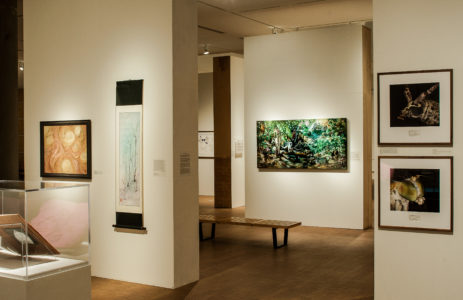
Last week, the exhibition “Making Life Visible: Art, Biology, and Visualization” opened in Faulconer gallery. As Lesley Wright, Director of Faulconer Gallery, put it, the exhibition examines “the space between art and biology.”
“Professor Jackie Brown, [biology,] and I have been working together on various projects that bring art and science together for a number of years, but we had never quite figured out how to turn it into an exhibition,” Wright said. Brown and his research on color and shape in damselflies, which he conducted through a National Science Foundation grant, ultimately inspired the exhibition.
Wright hopes that the exhibition will encourage visitors to think about both art and science in new ways.
“Scientists continue to learn from artists and artists continue to learn from scientists,” she said.
When science is displayed within a piece of art, “our culturated mind looks at it differently,” Wright said. For instance, the exhibition includes the work of an artist with a Ph.D. in neuroscience, which shows neurons as if they were trees on a Japanese scroll, allowing the art enthusiast to ponder a sub-field of science.
All of the art within the exhibition is centered around the natural world, creating a world of art that can be more easily conceptualized by the STEM-oriented individual. Wright said that the art in the exhibition “is contemporary art, but it’s not crazy abstract or very conceptual or installation based, so I think it’s a little more accessible.”
The contemporary pieces are offset by historic books, maps and documents, which Wright said were included to “set the context.” However, she insists that she considers these documents forms of art as well. She explained that before the advent of photography, the act of observation was incredibly important to scientists. They relied heavily on the use of drawing and painting to record their findings and observations, and so much historic work within the field of science is displayed in visually appealing, art-like forms.
The exhibition displays modern ways that scientists continue to use art forms to present their work as well. It includes works in which artificial color has been added to images of tissue samples under a microscope to accentuate certain features, and a thermographic video of bees in a hive.
“If you were just to look at a bunch of bees in a hive, you wouldn’t know what’s going on. … But when you put a thermographic camera on them, you figure out where the [activity] hotspots are,” Wright said.
The exhibition will remain in Faulconer Gallery through June 10.




























































